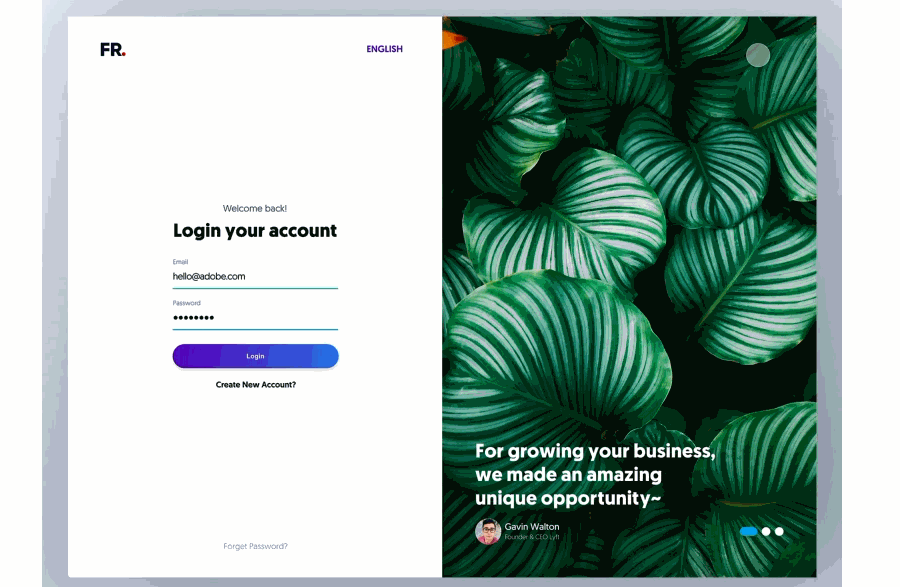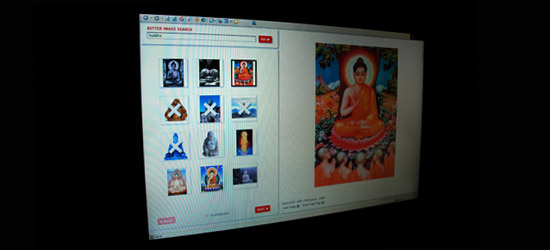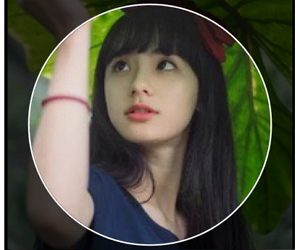

- Simpleimage for web code#
- Simpleimage for web professional#
- Simpleimage for web download#
- Simpleimage for web free#
Simpleimage for web free#
There are also free browser-based online tools like Zamzar that will convert files for you. Most simple image programs let you choose JPG or PNG by going to “Save As,” “Export,” or “Save for web” and choosing the type you prefer. What if you’re using a photograph with text over it? If the majority of the image is a photograph, then stick to a JPEG. If you have a choice, we recommend saving PNGs as “24 bit” format rather than “8 bit” because of the better quality and richer array of supported colors. They also support transparent backgrounds (which you’ll want if you’re using a logo). Like their relatives, the SVG file, PNGs deal with areas of color and text with nice crisp lines, so you can zoom in and not lose any quality. PNGs are higher quality than JPEGs, but typically come with a larger file size, too. This includes most designs, infographics, images with lots of text in them, and logos.

Graphics: If you’re looking for something more graphic-based, there are a ton of new, free online tools that you can use to build your own infographics or photos with font overlays. There are a few easy tricks to make your images look well-lit and more professional, even without fancy camera equipment ( like this tutorial on creating your own light box). Taking your own (better) photos: Of course, you can’t use stock photos for everything (like your team or product).

(Making a small image larger won’t work). Starting with a large format is ideal, because you can always make a large image smaller. To compress it for your website, you’ll need to reduce the size and upload a smaller version (more on that below).
Simpleimage for web download#
When you download an image from a stock photo website, it will likely be a really big JPEG file.
Simpleimage for web professional#
Stock photography: You don’t have to be a professional photographer to use great images on your website. Here is the canonical nested range loops to accessĪll the pixels in an image.Learn More 1. However sometimes you want to write loops to access pixels by their x,yĬoordinates. The "foreach" above is the easiest way to loop over all the pixels.

Width and height numbers should be integers Here is an older syntax to create a blank/white image that also works: Image = SimpleImage.blank(200, 100, 'black') An optional third argument can specify a color for the whole image of 'black', 'red', 'green', 'blue' or 'white:
Simpleimage for web code#
Display the image - return the image, and our calling/framework code puts it on screen for you


 0 kommentar(er)
0 kommentar(er)
